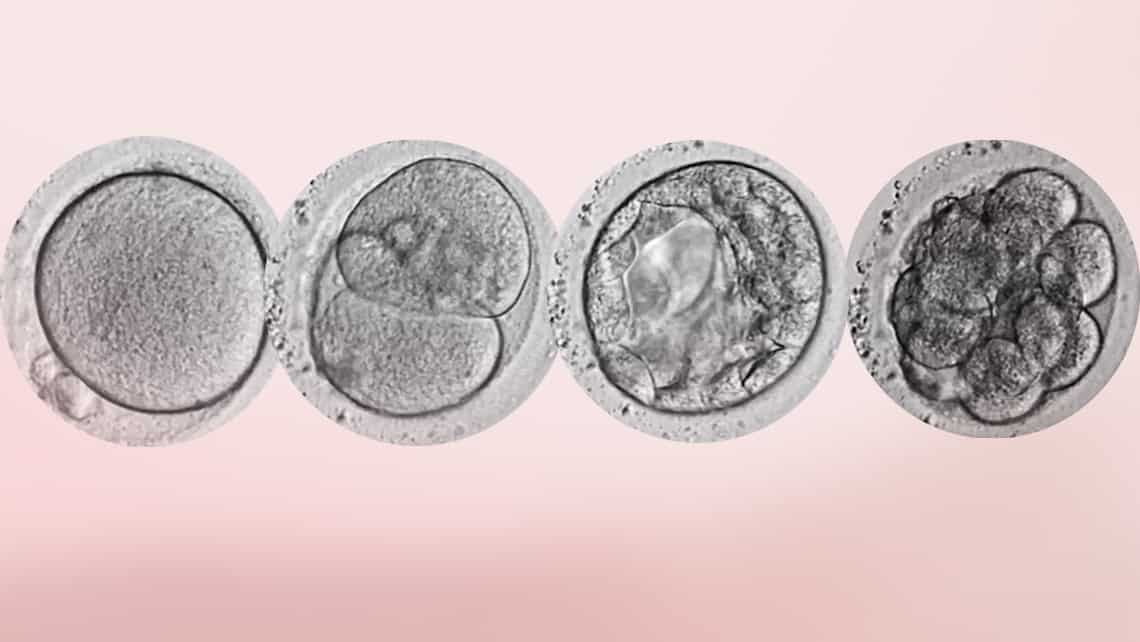
NGS and embryonic arrest
A positive outcome in human reproduction means that the female and male gametes have to mature and fertilise properly, and early development of the embryo must be correct. Abnormalities in the embryo development process lead to infertility and failed attempts at in vitro fertilisation. The number of good-quality embryos that are obtained following in vitro fertilisation (IVF) treatment can vary significantly and depends on the patient’s ovarian reserve and the couple’s gametes (oocyte and spermatozoon).
Índice
What is embryonic arrest?
Situations in which some embryos (or even all of them, in some cases) stop developing or arrest are not ones that patients wish to have to face. It is possible for an embryo to stop developing at any stage of division and this leads to embryonic arrest.
What causes embryonic arrest?
Some studies suggest that embryonic arrest is caused by significant gene inactivation during early embryogenesis. Many different factors can cause embryonic arrest, but some of the most common ones are poor oocyte quality, poor semen quality, genetic abnormalities and stress caused by embryo culture conditions.
What are the options at Instituto Bernabeu?
Thanks to a number of studies, we now understand which genes are involved in embryo development. Exome sequencing is currently the best tool at our disposal for identifying pathogenic mutations in the genes involved in many processes, including embryo development. Developments in next-generation sequencing (NGS) mean that we can now study a large number of genes related with embryo development in patients with an elevated embryonic arrest rate.
NGS embryonic arrest panel
NGS embryonic arrest panels have made huge headway in diagnosis of patients who present abnormalities in embryo development, and we are able to understand the genetic causes behind fertility issues. In the test, we analyse thirty-nine genes in an attempt to determine what is causing arrest during embryo development. In some patients undergoing in vitro fertilisation (IVF) treatment (FIV), this arrest can reach unusually high rates.
We can use NGS embryonic arrest panels with infertile patients to understand which of the genes related to embryonic arrest are abnormal. The genes that are analysed on the panel are very important to early embryogenesis and are known as embryonic lethal genes. As such, the panel is a diagnosis tool for patients who display abnormal embryo development and it is a means of finding a genetics-based explanation for early embryonic arrest in infertile patients. With our NGS panel, we can enhance knowledge of early genetic embryonic arrest in humans, an area of fertility that still remains only partially understood. It also helps us to understand another genetic cause of infertility produced by abnormalities in embryo development: pre-implantation embryonic lethality.
At Instituto Bernabeu, we aim to provide pertinent genetic guidance for patients with elevated embryonic arrest rates during in vitro fertilisation (IVF) treatment and contribute towards a greater understanding of very early-stage embryo development. In doing so, we can provide the very best possible treatment that guarantees high success rates for our patients.
Paqui Lozano, a biochemist at Instituto Bernabeu
